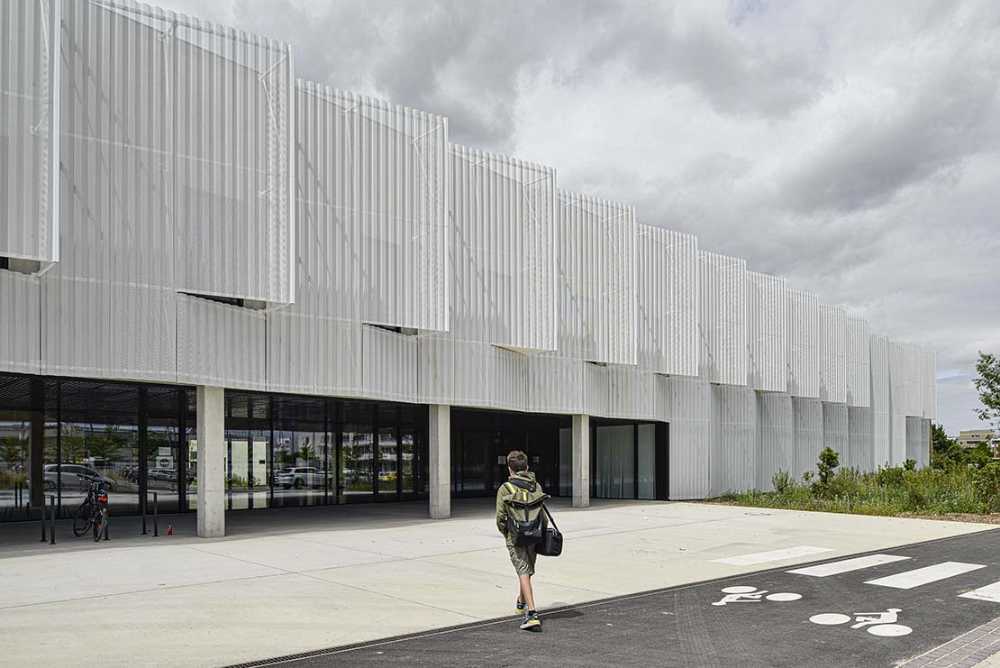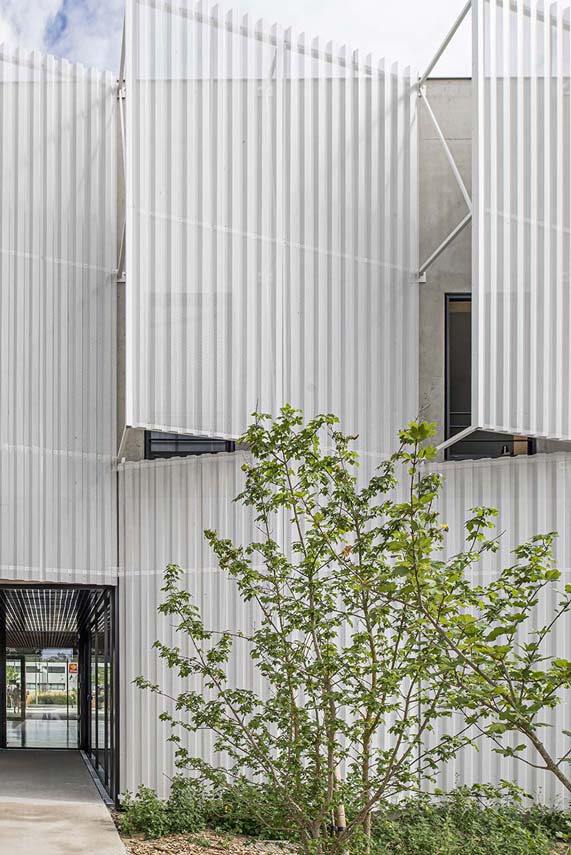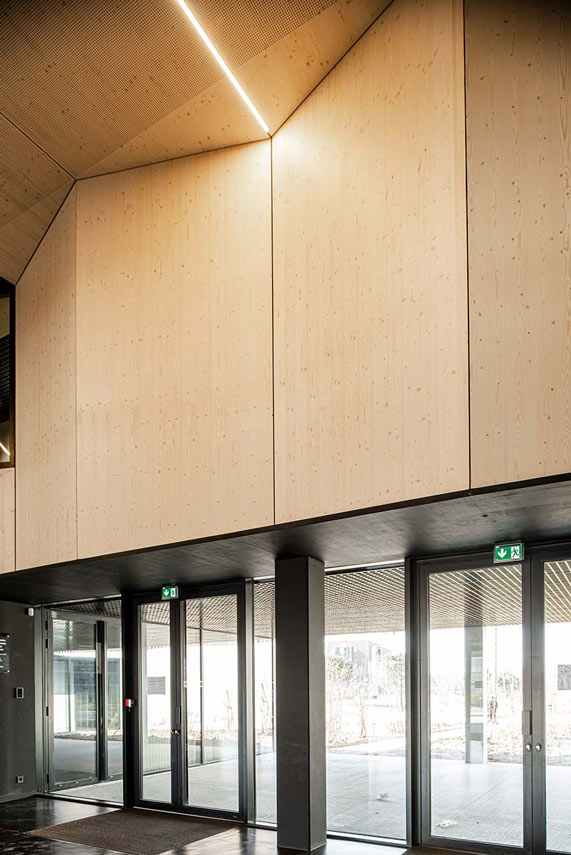Reorganizing public spaces through the permeability of architecture
The conservatory site has excellent features such as immediate proximity to a large park of landscape interest and clear visibility, along with good connections to the context. However, according to the designers at ppa architectures, it lacks a "frame," optimal in this type of architectural projects. Therefore, they propose an open and walkable structure for the Blagnac Conservatory, which reorganizes the context through its permeability























